🍄 Discovering the Magical Wonders of Mushrooms
🍄 Mushrooms are a fascinating part of nature - each species has its own unique characteristics, beauty, and role in the ecosystem. Whether you're a seasoned forager or just enjoy spotting mushrooms during a woodland walk, there's plenty to discover. Let's dive into a few notable types that can be found in the UK. From edible varieties to ones that should only be admired from afar, mushrooms offer a world of intrigue!

🍯🍄 Honey Fungus (Armillaria)
Known for its sweet, honey-like flavour, this mushroom grows in clusters at the base of trees and stumps. 🌳✨
💀⚠️ However, be cautious of potential confusions with the poisonous Funeral Bell (Galerina marginata), which can look similar. It’s important to make a first-time test with this mushroom, as some people may have a reaction. 🤢

💜🍄Amethyst Deceiver (Laccaria amethystina)
💜 This striking purple mushroom is a real gem to spot in the woods. The amethyst deceiver gets its name from its vibrant colour and the fact that older specimens can fade, making them tricky to identify. 🌳🍄
🍽️ It’s edible, but you’ll need a few of them as they’re on the small side. It adds a vibrant pop to your dishes when cooked lightly, maintaining its striking hue. 🍆✨
⚠️ Care should be taken as it can look a little like the lilac fibrecap, but that has off-white or grey gills, whereas the amethyst deceiver's gills are the same colour as the cap. 🎨👀
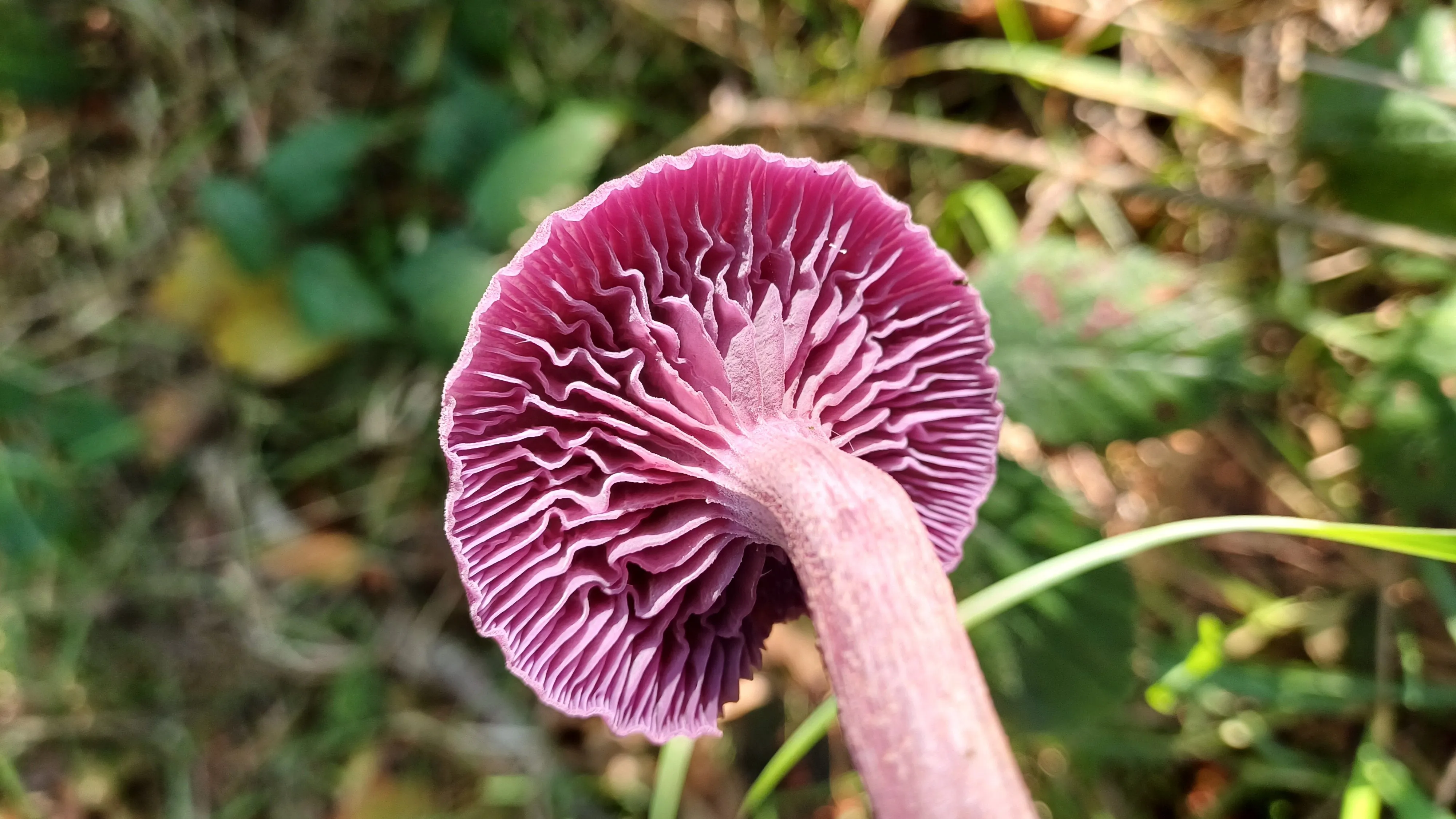
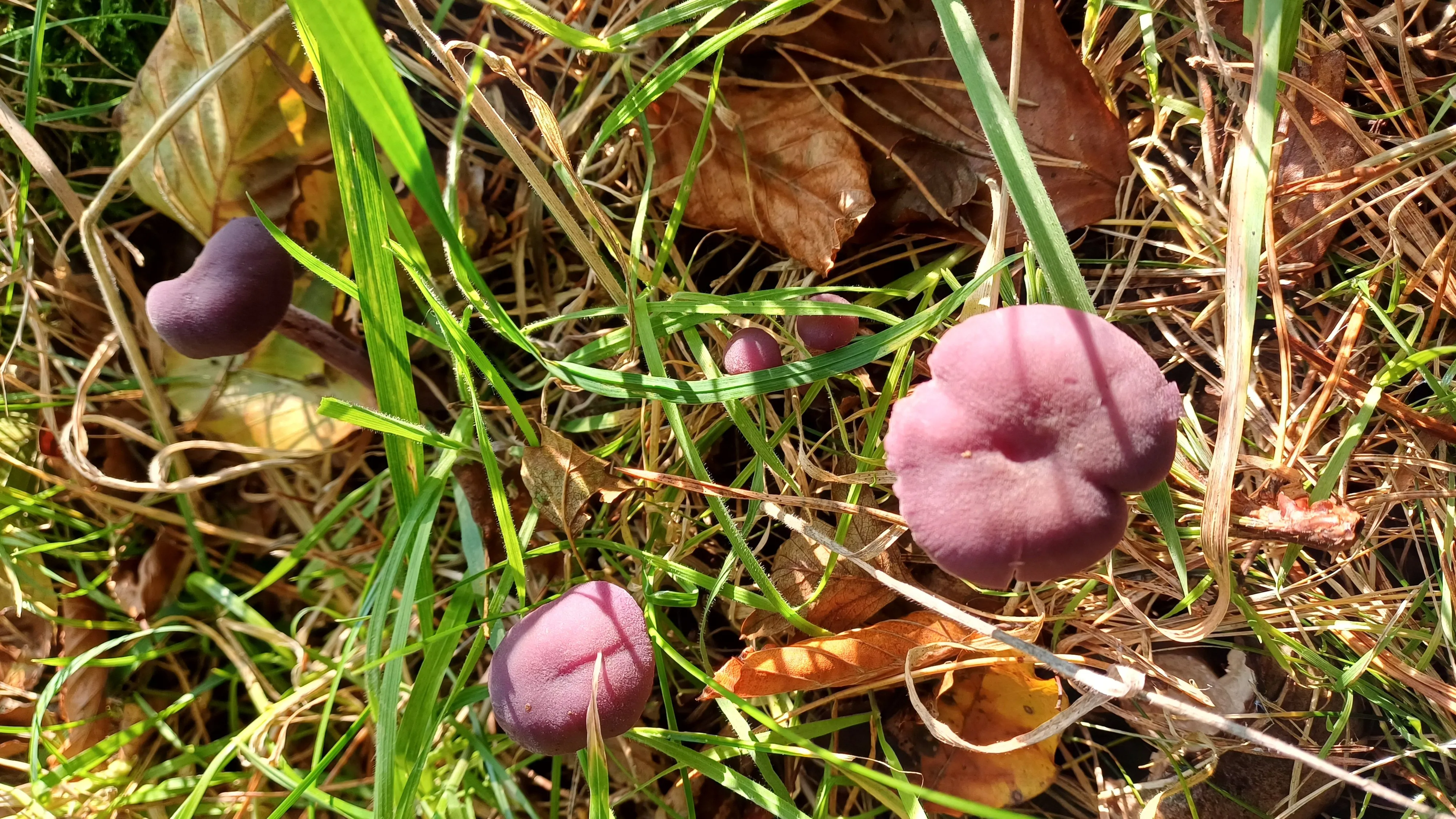


❄️🍄 Snowy Waxcap (Cuphophyllus virgineus)
👀⚠️💀 These small, white mushrooms have a beautiful, delicate appearance, but watch out - they have deadly poisonous lookalikes, including the Fool's Funnel and Ivory Funnel. 🍄❄️
👀⚠️💀 Care should always be taken when foraging for all white mushrooms, as they can be easily confused with toxic varieties. Definitely not for beginners!
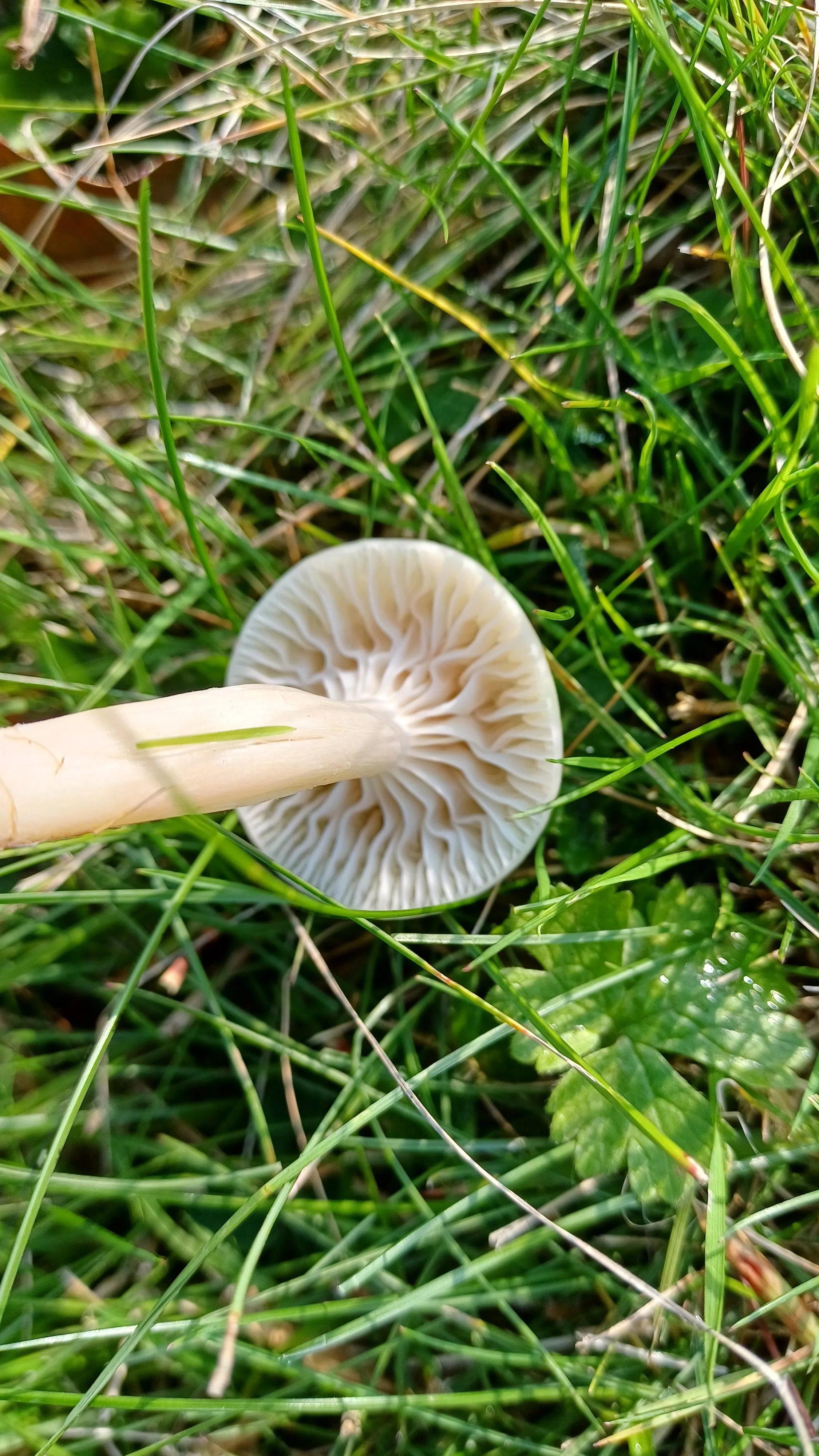



🤍🍄Common Puffballs (Lycoperdon perlatum)
🍄✨ This common mushroom is easily recognised by its round shape and white to cream colour. When it matures, it releases a puff of spores that creates quite a spectacle! 🌬️
🌳 You can commonly find it thriving in mixed woodlands, pastures, commons, and heathlands. While it may grow alone, it typically appears in groups, so you might discover more nearby! Its flavour is quite mild on its own, but it pairs beautifully with other mushrooms in various dishes.
⚠️ It’s important to exercise caution, as it can be confused with very young Amanitas. To differentiate, slice the mushroom vertically - the stem and cap of the Amanita will be distinguishable, while a puffball will have a pure white and spongy interior.
🧄 There’s also a chance of confusing it with some Scleroderma species; however, the tough skin and dark interior of Earthballs will help you identify them. Additionally, the Stinkhorn (Phallus impudicus) starts as a puffball-like ‘egg’ but reveals jelly and a small mushroom inside.
✅ As long as other puffballs are consistently white and spongy throughout, they are typically safe for consumption.

🌸🍄 Blusher (Amanita rubescens)
🌲🍄 What You Need to Know! 🍄🌲
For beginners, it’s best to steer clear of the Blusher - stick to safer mushrooms until you're more familiar with mushroom foraging. 🍽️
If you're out in the woods and spot the lovely Blusher Mushroom, proceed with caution! While it’s edible, it MUST be cooked thoroughly to destroy harmful toxins that can damage your red blood cells. Never eat it raw! ❌
💡 Key Features to Identify:
- Cap: Its colour varies but is often reddish-brown with white warts. The name comes from its ability to blush' pink or red when damaged or exposed to air.
- Stalk: Look for the delicate skirt (ring) on the stem, which has fine grooves or striations running from the stem outwards. A crucial identification feature!
- Young Blushers may appear with a prominent base, but as they mature, the bottom of the stem becomes bulbous rather than marginate, losing the earlier defined volva.
- No volva (cup) at the base, unlike other Amanitas.


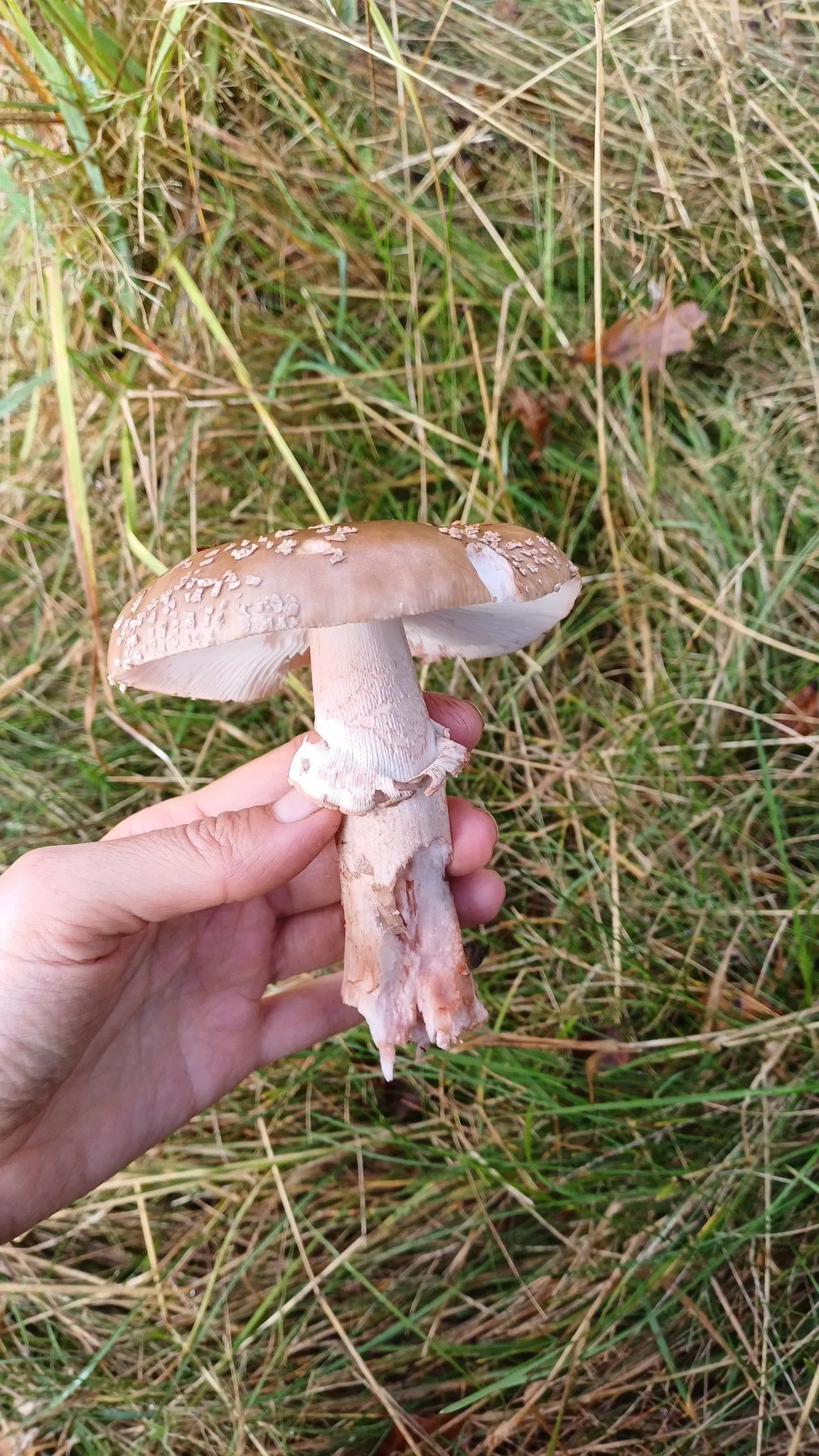
⚠️ What to Watch Out For:
- Panther Cap look-alikes 🐾 (Amanita pantherina) can be deadly and resemble the Blusher. However, the Blusher bruises red and has those distinctive striated rings, while the Panther Cap does not. Double-check before picking!
🔥 Cooking Tip: Always cook until tender. Blushers are toxic when undercooked, so it's better to stay safe if you’re uncertain about its identification or preparation.
🍂🍄Trooping Funnel (Infundibulicybe geotropa)
🍄 Is a fairly common mushroom, frequently found growing in clusters or fairy rings, though it can also appear as solitary specimens. Its colour varies from off-white to buff, often exhibiting a charming salmon-pink tinge. The stem is fibrous, while the flesh is firm and white.
⚠️ Exercise caution! The ivory funnel and fool’s funnel are deadly lookalikes. These toxic mushrooms are usually smaller than the Trooping Funnel, so as long as you select specimens taller than 12 cm, you should be safe.
🍲 These mushrooms are best enjoyed when young and fried, but they also make a delicious addition to soups and stews as they mature. The larger Trooping Funnels have a robust flavour that enhances any dish!
📝 A super useful tip I recently learned for identifying the Trooping Funnel is to look at the cross-section of the mushroom. It reveals a shape resembling an angel, or as someone else described it, like a flying seagull! 😇🕊️



☁️🍄 Clouded Agaric (Clitocybe nebularis)
🍄🍂 According to Wild Food UK, the Clouded Agaric is a common autumn mushroom that some foragers find quite tasty. However, be aware - it can cause unpleasant gastric issues for many people. In fact, about 1 in 5 may get quite ill from consuming it, which is why it’s listed as poisonous. ⚠️🤢
If you’re one of the lucky ones, it can be enjoyed as an edible mushroom, but the only way to know is by trying a small amount and waiting 24 hours to see if there’s any reaction. Always make sure it’s cooked thoroughly before eating! 🔥🍽️
🍄 As one experienced forager pointed out, there are concerns regarding the toxicity of Clouded Agaric in the long term. ⚠️ While some people may choose to eat it, I wouldn’t recommend it. 🚫

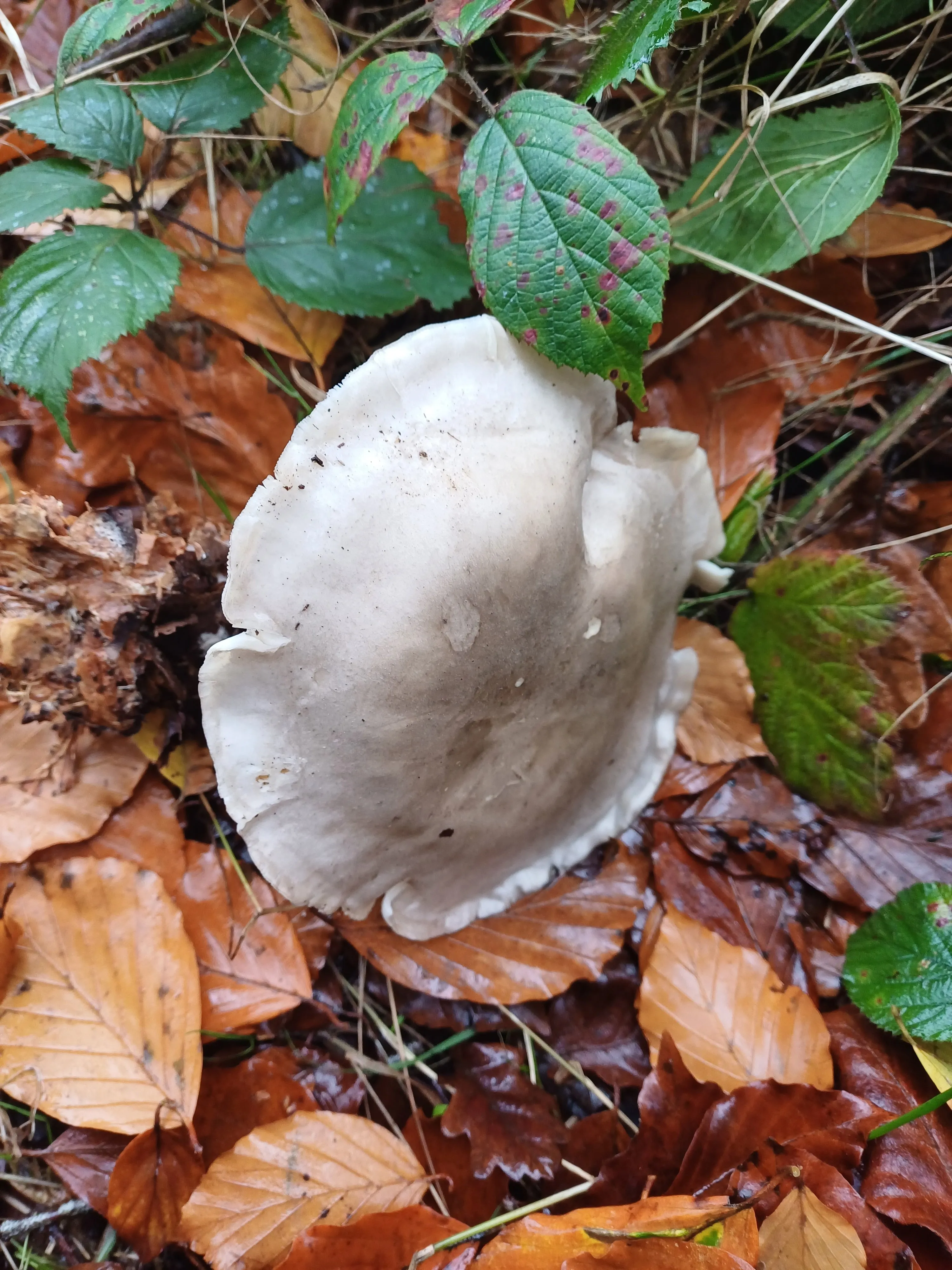
🦌🍄Yellow Stagshorn (Calocera viscosa)
💛💛💛 Check out the stunning Yellow Staghorn mushroom! 💛💛💛
👀🌲 This beautiful yet inedible fungus is easy to spot from a distance, resembling a fire freshly lit as it emerges from conifer stumps or roots. 🔥🌟
Nature's artistry at its best! Have you seen this vibrant mushroom in the wild? 🍄🍂



💛🍄 Sulphur Tufts (Hypholoma fasciculare)
🍄🌿 These striking yellow mushrooms are a very common sight in the autumn, showing up on nearly every woodland walk 🍁✨.
But beware, despite their cheerful appearance, they're poisonous and definitely not for the dinner table ❌.



🖋️🍄Shaggy Inkcap (Coprinus comatus)
🎩 Aka the Lawyer's Wig! It's a distinctive mushroom that’s hard to miss. With its tall, white, shaggy cap resembling a mop or a shaggy coat, it’s quite the conversation starter! 🍂
These mushrooms start out looking like fluffy white cones 🌨️, but as they age, they turn black and inky 🖤🖋️.
🖤👨🍳 This mushroom is edible when young and cooked, but it’s essential to consume it soon after harvesting, as it can quickly turn into a black, inky mess. ⚠️
⚠️ Additionally, be cautious if you've consumed alcohol, as Shaggy Inkcap can cause adverse reactions. 🍽️



👂🍄 Jelly Ears (Auricularia auricula-judae)
Are fascinating fungi that have a unique, gelatinous texture resembling - surprisingly jelly! 🌟 Commonly found growing on elder trees, these mushrooms are usually dark brown to black and have a wavy, ear-like shape. They are edible and often used in Asian cuisine, adding a delightful chewy texture to soups and stir-fries. 🍜🥢
One of the great things about Jelly Ears is that they can be harvested year-round, making them a versatile addition to your foraging adventures. Enjoy their unique flavour! 🍽️💧
🤧 Apparently they’re also used in traditional Chinese medicine, said to support respiratory health. 🍄



🌰🍄 Brown Roll-Rim (Paxillus involutus)
⚠️🍂 Is a common yet dangerous mushroom found in woodlands. Highly toxic, it can cause serious illness or even death if consumed. 🍄💀
We should definitely take the time to learn poisonous mushrooms to avoid any risks while foraging. Better safe than sorry! 🌿




🧚🍄 Fly Agaric (Amanita muscaria)
🎩 The quintessential toadstool of fairy tales, the fly agaric is impossible to miss with its bright red cap and white spots. 🌟 While it looks like something straight out of a magical forest, it’s highly toxic and hallucinogenic. ⚠️ Historically, it was used to stun flies (hence the name), but these days, it's one to admire and leave in peace! 🍃✨

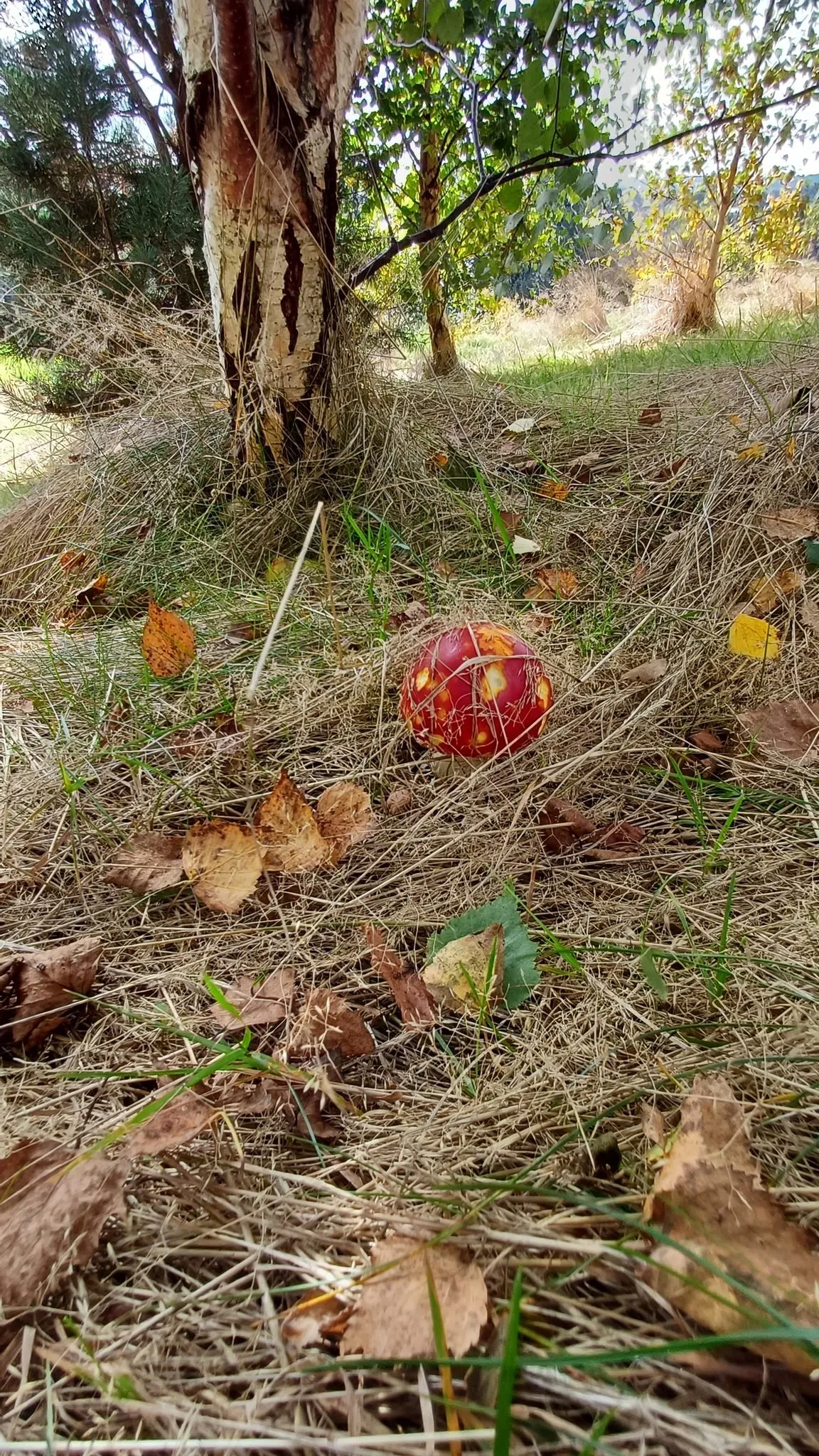


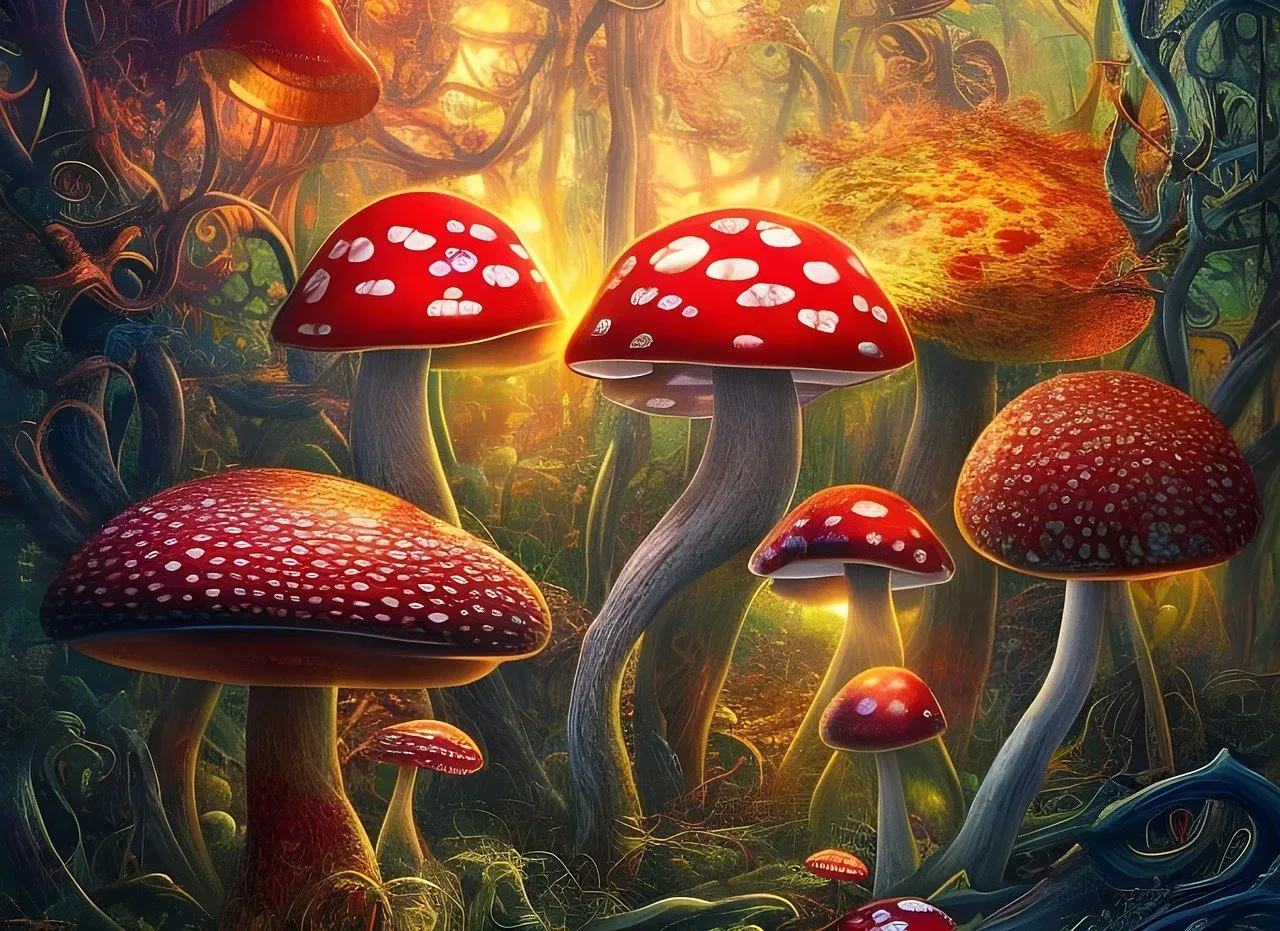

🪄 Anyway, back to reality! 🪄
🍄 Mushroom foraging offers an exciting opportunity to explore the natural world, but remember to always be cautious. Some mushrooms are poisonous or have toxic lookalikes, so never eat anything unless you're 100% sure of its identity.
Happy hunting, and enjoy the beauty of these fascinating fungi! 🌿💚
🧚♀️And don't disturb the fairies when you are out and about! 🧚♀️

From my heart ❤️ to your heart.❤️








